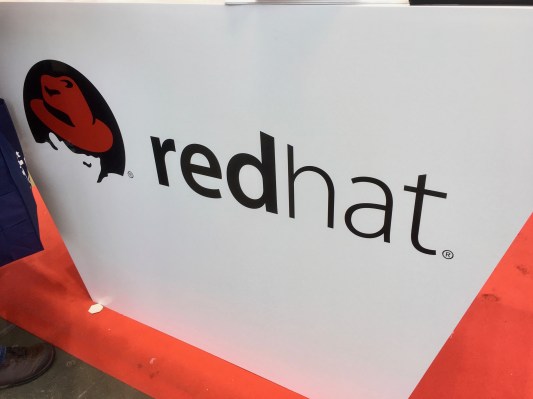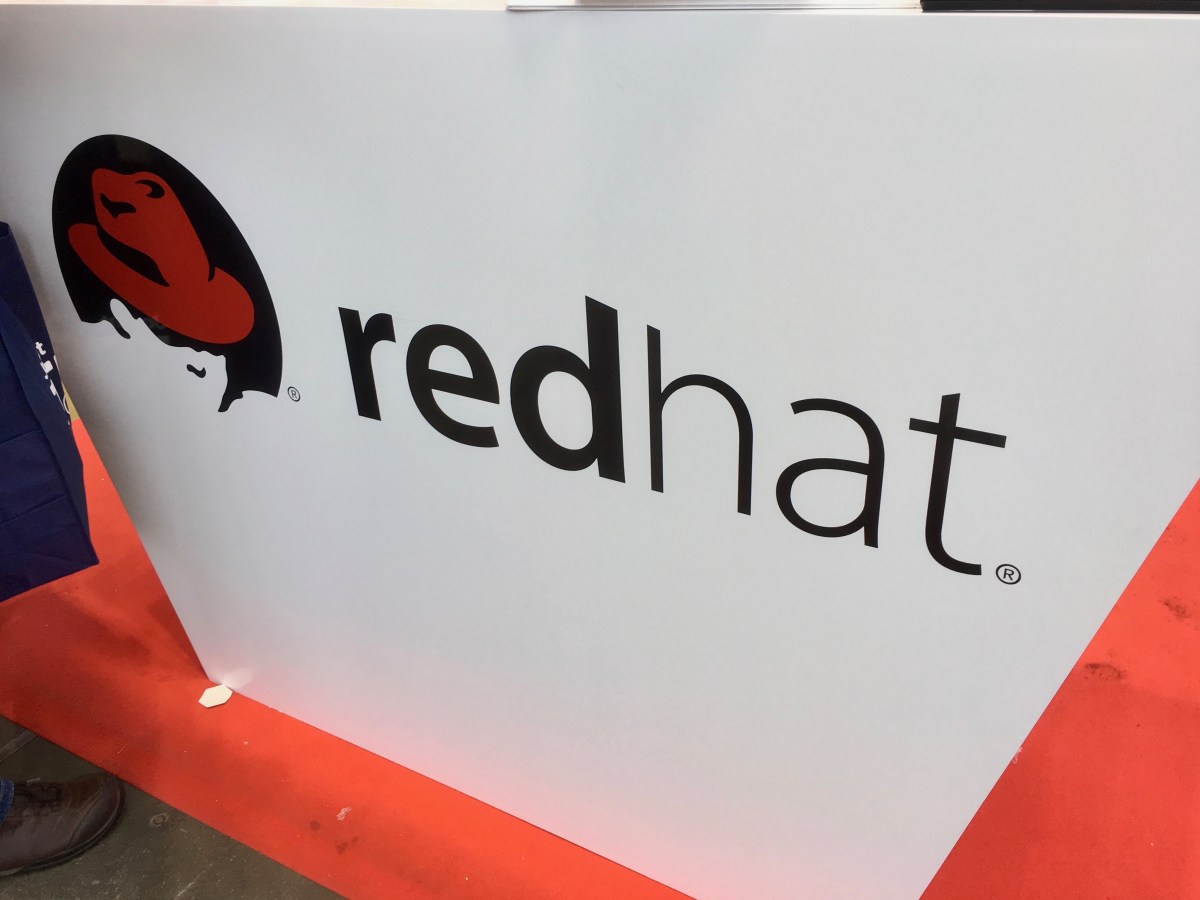New Red Hat partnerships with SAP and Oracle could bode well for owner IBM

It’s been a good week for Red Hat, and by extension IBM, the company that owns it. That’s because Red Hat signed two partnership agreements this week, one with Oracle and the other with SAP. Those are some big players, and if it results in more deployments for Red Hat Enterprise Linux (RHEL), it could be a big win for IBM.
Let’s start with Oracle, which frankly is a bit of a case of strange bedfellows. But the customer wants, what the customer wants. Oracle might have been giving into customer demand, says Holger Mueller, an analyst at Constellation Research, who says the deal is a win for both companies.
“For Oracle it’s all about offering customers choice. And this allows customers to bring their Red Hat workloads to Oracle. For IBM customers, it means one more supported cloud.”
He adds that for Oracle, which has always been highly proprietary in the past, this is really an astonishing announcement. ”It’s remarkable because Oracle has its own Linux. The old Oracle would not have done this.” But perhaps the desire to get more customers on their cloud has driven the database giant to be more open minded. According to Synergy Research, although it has been showing growth in recent quarters, Oracle is still mired in low single digits when it comes to enterprise infrastructure market share.
As for SAP, it is moving some of its internal workloads to run on RHEL, building on an existing partnership, according to the company. SAP says it sees the partnership as a way to run modern workloads more efficiently, in particular RISE, its cloud ERP product. The ultimate goal is to help SAP customers operate in a hybrid cloud environment more easily.
The deal includes having Red Hat product engineers and other technical personnel on site to help SAP with implementation and interoperability issues. Mueller says SAP was using SUSE Linux, but that’s not as popular outside of Germany (where SAP is headquartered). “For SAP it’s different. They used SUSE out of the German connection (and many German customers using SUSE) but it didn’t go anywhere internationally. So this is an overdue move,” he said.
IBM has been counting on Red Hat to boost its revenues, and these deals have potential to increase Red Hat revenue time at a time when IBM is counting on it more than ever. In its most recent earnings report last week, IBM reported revenue of $16.7 billion. That was flat, but certainly better than the negative territory the company lived in for many years, at one time reporting 22 straight quarters of negative revenue growth.
For what it’s worth, if you look at the numbers in constant currency, accounting for the strong dollar for revenue from outside the U.S, the number was a more respectable 6%, more in line with the kind of slow but steady growth CEO Arvind Krishna is hoping to achieve over time.
IBM spent $34 billion to acquire Red Hat in a mega deal five years ago. The investment has paid off for Big Blue as it continues giving it a revenue boost quarter after quarter. Red Hat, which operates semi autonomously inside the organization, had revenue up 10%, which translated into 15% in constant currency in the most recent report.
These new deals have the potential to help to increase revenue further in the coming quarters.




